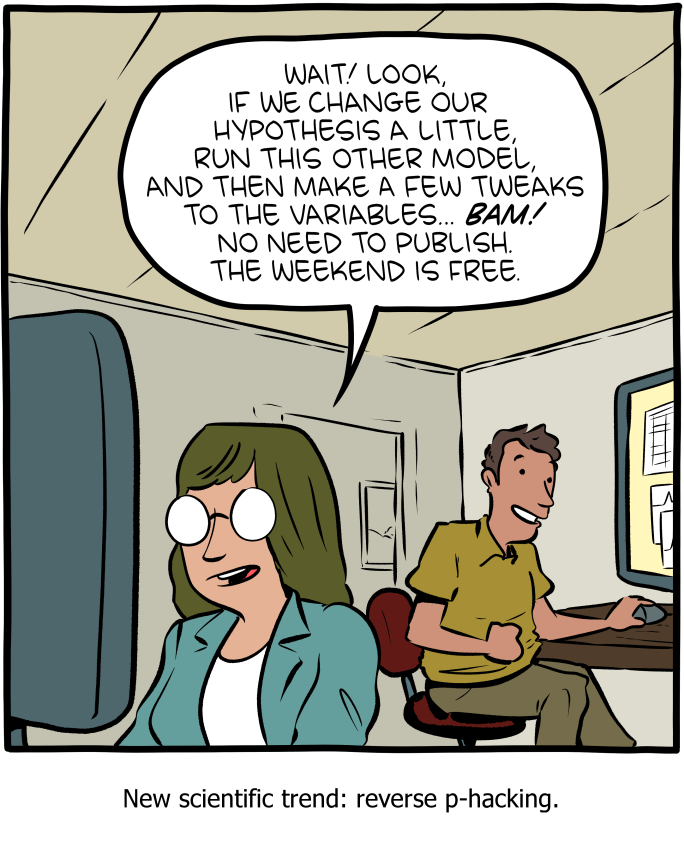1. People are arguing again about whether or not people with academic doctorates can call themselves doctor. Both sides are wrong. The correct position is 1. Yes, academic doctorates are every bit as real as medical doctorates. Academic doctors should insist on the right to be called doctor, but 2. Although you should insist on the right to be called doctor, you shouldn’t actually ask people to call you doctor 99% of the time.
2. Like most doctors, I would never ask to be called doctor except in the following circumstances:
a. Casually mentioning that I am a doctor when asked, and then, with a genial hand swish, indicating that, of course, such formalities will not be necessary.
b. Correcting someone who is being rude to me and throwing them off balance. “Well, Mr Bear, if you paid attention, you would…” “It’s doctor Bear, actually”.
c. In the title section of a few forms, because sometimes people treat you nicer and give you freebies. I ain’t going to turn that up.
d. In situations of extreme formality, meeting a president or prime minister, an awards ceremony, that sort of thing.
3. Insisting on formality is rather against the playful enterprise of inquiry, particularly in my native discipline of philosophy. If Socrates had, say, insisted that people acknowledge his daemonion when speaking with him, it would have held up the process and ruined the mood.
4. I have heard the argument from some members of minorities that they like to use the title doctor as a way of gaining respect. I certainly don’t begrudge them that choice, but I tend to think the strategy backfires, even when used for an understandable reason. Take this poem by Dr Susan Harlan:
No, you can’t call me
By my first name,
And yes, I know that
A male professor
Told you that titles
Are silly
Because a certain genre
Of man
Is always dying
To performatively
Divest himself
Of his easily won
Authority
5. Pinning anything on a poem is hard, but it seems to me arrogant to claim any stranger’s academic status was easily won. I am a person who will happily discard any title in most contexts. There is nothing easily won about my authority, such as it is. I could tell you my story about collapsing on the floor of the philosophy common room, terrified by the bodies circling me, near psychotic with OCD. I could tell you many such stories. None of those difficulties I faced stopped me from waving off authority.
6. Leave that aside, though. The more basic problem is that, particularly in the world of etiquette, power is in the hands of the giver [something that, incidentally, I was taught on my first day of university by a classicist riffing off Homer]. The powerful person is the generous person. Thus, while I don’t begrudge insisting on one’s title as a strategy to try to win respect when faced with oppressive disrespect, I doubt it will work. There’s a Catch-22 here. Speaking in favour of dispensing with a form of respect is all good and well when you have enough respect to dispense with. But does it work if that respect is in question? On balance, though, while structural oppression creates a terrible situation for those seeking respect, I really don’t think correcting people for addressing you as they’d address anyone else, or giving a speech about how they must address you, will help at all. I’m almost certain it will make things worse. But again, do what you have to do. Outside the oppressed, however, anyone else insisting on the use of a title gets an eye roll from me.
7. Finally
Please stop
Writing poetry
That is just
Ordinary language
But with
Line
Breaks
8. But although I may not use the tile much, the right to do so is important. It is important that the title exists, even though using it would be gauche. It is right that the title exists, but I don’t use it much because the title doesn’t exist to honour me; it exists to honour the institution.
9. Like any self-respecting doctor (an actual doctor, not one of those apple-phobic medical quacks), I will not allow my thousand-year-old title to be stolen by the white coats, who were only granted the right to use the title as a courtesy in the 18th century. HURRUMPH. Joking aside, medical doctorates are legitimate- and the story of the thousand-year-old academic doctorate usurped by medical upstarts is rather oversimplified. However, medical doctors, like academics, also shouldn’t insist on being called doctor, except perhaps in a limited range of circumstances. No one likes the surgeon or family doctor who is fastidious about this stuff in a social setting. Even in a hospital, no one likes the doctor who insists on the title from the nurses, even when the patients aren’t around. Anyone who thinks it’s fine for a medical doctor to insist on a title in a social context, but not an academic is simply a chaser after the approval of those with conventional social status- weak, weak.
10. The history of the term matters only in what it illustrates. And what it illustrates is precisely why I do insist on the right. As a society, we do not take knowledge — and knowledge and skills moulded into the very particular shapes necessary to make new knowledge — seriously enough. We have been taking it less seriously over time- hence the suggestion, previously unthinkable, that there is nothing exceptional about having completed a doctorate. That change says something troubling about the decline in our respect for organised knowledge.
11. I use the term organised knowledge deliberately. I do not say the decline in our respect for knowledge, because if I did so, someone would say “I respect knowledge plenty, just not these stuck-up bufoonish apparatchiks called academics”. Yes, academics often are bufoons, but no, you don’t get to respect the abstract idea of knowledge, while having no respect for the flawed, limited, faltering, but nonetheless wondrous human institutions that try to grasp at it. Disagree with them as much as you like- as much as you can even! But respect the attempt, and what it has got us- organised knowledge matters.
12. I’m going to say some stuff that will sound melodramatic, because it is; however, it is literally true. I heard someone say during the recent debate that because medical doctors have power over life, they deserve a title, whereas academic doctorates are not so serious. Academic inquiry – whether physics, theology, literary criticism, biochemistry, psychology, or engineering- has power over the lives of civilizations, and over the arc of the future. If you look around you, if you are in an ordinary room. Almost everything you see will trace its history back to academic inquiry through multiple lines of descent. The plan of the wall, the translation of the bible on the shelf, the chemical composition of the paint, the ancestors of the boilerplate novel, and, of course, the ideas in the heads of all the room’s inhabitants. This is especially true (a la Keynes’ quip) of the minds of those who think themselves too practical for such things. The process of inquiry into which a doctorate is an apprenticeship is foundational, in some way or another, to all you see around you. The institutional systems, the culture, the artifacts, and the understanding of the natural world so integral to all of it. A doctorate means that someone has devoted, at a minimum, twenty years of study to join the community of academic inquiry. Yes, I make you cringe, but I’m not wrong. The failure to see the stakes in academic doctorates in comparison to medicine or law amounts to seeing things in days, months, and years, not decades, centuries, and millennia.
13. And what of the humanities? Occasionally, I meet someone who finds it odd that my doctorate is in philosophy, “that’s a fake subject”. No, bud, we’ve been here since the beginning- we existed before all other disciplines. Name another subject that you think is more real than ours- we philosophers invented it. I didn’t write something the length of two books to put up with this.
14. But what’s the point of appealing to history when you can appeal to the present? I could refer, for example, to this:
To show bona fides. But that won’t do, I’d like to vindicate not just philosophy, but the humanities as a whole.
15. I will concede that much humanities coursework should be harder- sure. However, you do not get to the end of a decent program, though, without working hard with skills that most people lack. “Ah, but some people have fake academic doctorates”. I mean, sure, some probably do have fake doctorates, but they’re the exception. Moreover, people from the disciplines people think of when they say this- gender studies, anthropology, continental philosophy, etc., are, in my experience, typically intellectually serious people who have thought hard and gained a lot of insights. That’s not to deny there are gradients of intellectual seriousness among doctors and their specialisations. Some people with a PhD make me raise an eyebrow or two, but then again, every fifth medical doctor is a dullard, too.
16. Ultimately, the people who disrespect the humanities do not dislike the humanities because they are weak, but because they are strong. They resent that what they regard as fluffy nonsense has so much power over culture. Indeed, a lot of groups that have often resented the humanities- STEMlords, Republicans, weave seamlessly between calling it a useless area of study- a road out of the job market leading its walker to ruin- and a mysteriously powerful, ever-present force that, for reasons they cannot grok, controls all of culture with its irrelevant nonsense. Right now, Republicans are angry that, cringe and disorganized as the left is, the right could not hold onto a sense of cool for even six months. Remember this cover of New York magazine?
They are angry that the creators of all their favourite products, from Warhammer 40k to Trench Crusade, hate their guts. They are continuously frustrated at some level by the fact that everything they cling to, from Christianity to the American founding myth, was set up by the progressives of those eras. They have about five authors they cycle through relentlessly (Mishma, Evola, Spengler, Schmitt, Nietzsche- sub out for Chesterton depending on religious taste). Animated, but without life as such- needing to suckle on culture that was made for others- made against them- a kind of socially boorish vampire. Perhaps they should listen to the wordcels, they might learn something.




